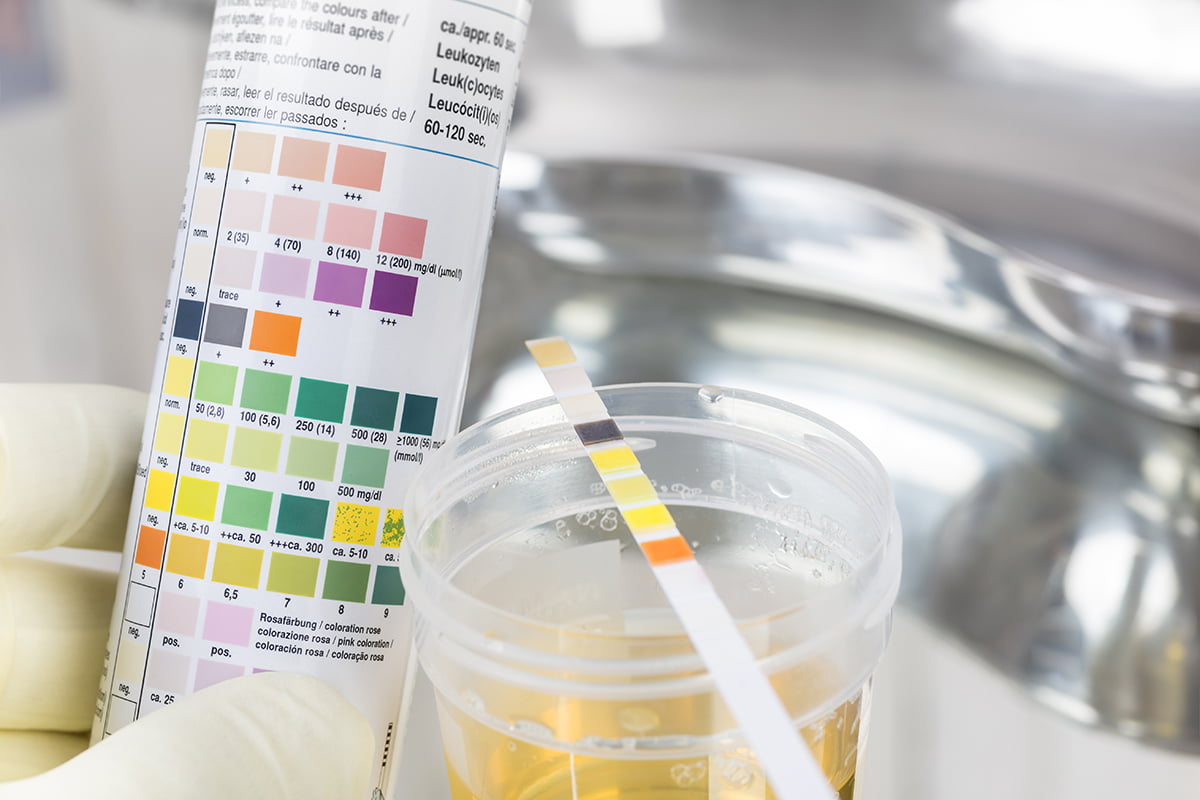If you’re worried about alcohol urine testing EtG, you probably want to know the real EtG detection window—and what it means for work, school, court, or safety. Here’s the bottom line: EtG (ethyl glucuronide) can show alcohol use after the buzz is gone, often long after a breath test turns negative. In the U.S., excessive alcohol use is linked to well over 100,000 deaths each year, and millions of tests are run for employment, treatment, and legal monitoring. As Benjamin Franklin put it, “An ounce of prevention is worth a pound of cure.” Knowing how EtG works helps you plan—and protect your health.
What EtG Is and Why It Matters
When you drink, your body breaks down ethanol. One breakdown product is EtG, a direct alcohol biomarker. Unlike breath or blood alcohol (which fade fast), EtG sticks around longer, so it’s useful for verifying recent drinking even after you feel sober. EtG testing shows exposure, not impairment; it can help with safety plans, treatment progress, or accountability in recovery.
Common reasons people get EtG tests include: job programs, treatment monitoring, probation, custody cases, and safety-sensitive workplaces. EtG results can influence major life decisions, so accuracy and context matter.
Alcohol Urine Testing (EtG): Detection Window & Accuracy
Typical EtG detection window:
- About 24–72 hours after drinking for most people
- Longer after heavy/binge episodes (some labs may detect up to ~80 hours)
- Shorter with small amounts and faster metabolism
A standard workflow uses a screening test first. If it’s non-negative, a confirmatory lab method verifies the result with high specificity. That two-step process reduces false positives and documents levels above set cutoffs.
Important notes:
- EtG detects recent alcohol use, not how intoxicated you were.
- “Zero tolerance” programs may use lower cutoffs; workplace programs may use higher ones.
- Policies differ—always read your program’s rules.
Blood Alcohol Concentration (BAC) measures current intoxication, while EtG urine testing detects recent alcohol exposure—often for 24–72 hours after drinking—even when BAC has already returned to zero.
Factors That Change Your EtG Detection Window
Your timeline isn’t identical to anyone else’s. Key variables include:
- Amount & pattern: Heavier or binge drinking leaves more EtG for longer.
- Time since last drink: Most EtG tests aim to catch drinking in the past 1–3 days.
- Body chemistry & health: Liver/kidney function, body size, hydration, sleep, and genetics matter.
- Test cutoffs & lab methods: Lower cutoffs detect smaller/older exposures; higher cutoffs are stricter against incidental exposure.
- Incidental alcohols: Some products (certain mouthwashes, sanitizers) contain alcohol. Good programs account for this with cutoffs and confirmations, but always follow your program’s guidance.
Health reality check: Alcohol’s risks aren’t just about testing. Heavy use raises dangers for accidents, heart disease, liver injury, depression, and overdose when mixed with sedatives (benzodiazepines, opioids). If someone has chest pain, trouble breathing, confusion, or passes out, call 911.
Can You Trick an EtG Alcohol Urine Test?
People try. Programs and labs know the common tricks—and check for them. Most attempts either fail, get flagged as invalid, or lead to observed retesting. Here’s what often happens and why it doesn’t work:
- Over-hydration/dilution: Chugging water to “flush” the sample usually triggers specimen validity testing (creatinine, specific gravity, pH). Abnormal values can be reported as dilute or invalid, and you may be retested under observation.
- Adulterants (vinegar, bleach, peroxide, eye drops, nitrites): Validity panels detect oxidants and unusual chemistry. Adulteration can void the test—and your program may treat it like a refusal.
- Substitution (synthetic or someone else’s urine): Collection cups often have temperature strips. Many programs use observed collections and tight chain-of-custody procedures. Swapping is risky and commonly detected.
- “Detox” products, niacin, charcoal, or extreme exercise/sauna: These don’t reliably change EtG levels and can harm you (electrolyte issues, heat illness). Labs confirm positives; gimmicks don’t hold up.
- Timing games: You can’t predict exact clearance. Your EtG window depends on how much you drank, when, and your biology—plus the lab’s cutoff.
Bottom line: The only reliable way to pass an EtG test is not to drink in the look-back period. If that feels hard, it’s a signal to get help—not to gamble with your health, job, or case.








